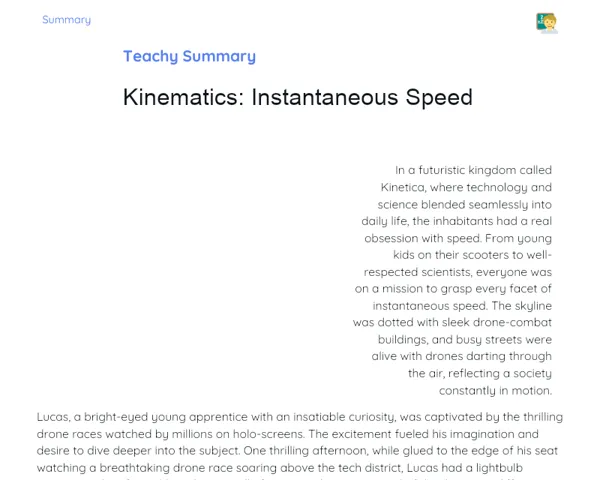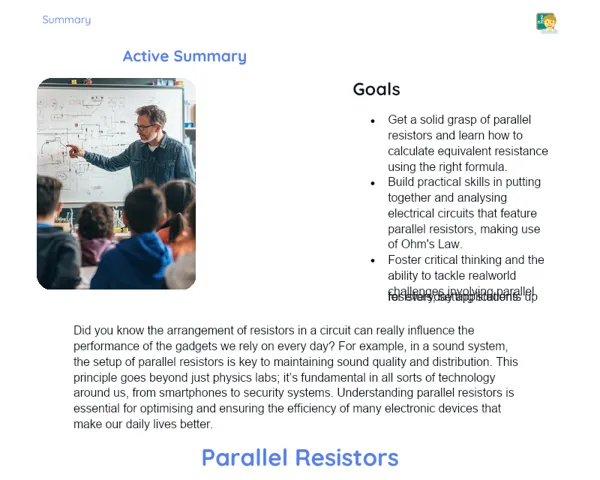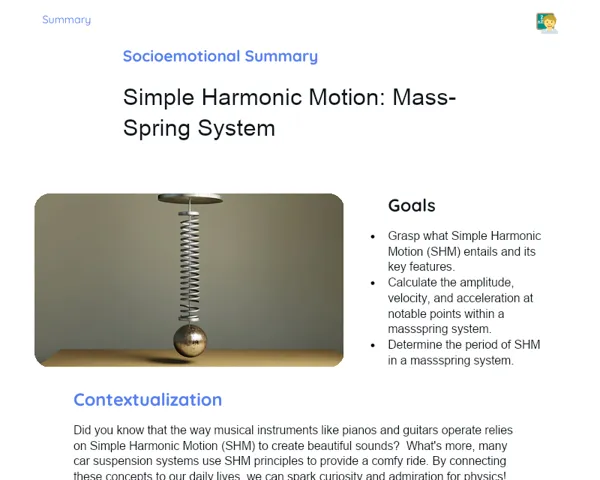Goals
1. Understand that torque is the measure of how likely a force is to rotate an object.
2. Calculate torque using the formula: τ = F x d x sin α.
3. Recognize the significance of torque in daily scenarios as well as in various industries.
4. Enhance critical thinking and problem-solving abilities by applying the torque formula in different contexts.
Contextualization
Think about trying to open a door by pushing near the hinges. It’s definitely much tougher than pushing it at the far edge. This simple example illustrates torque, which is key to understanding how forces can cause rotations. Torque measures the tendency of a force to make an object spin around an axis. This concept is relevant across many fields, from construction and automotive engineering to product design. For instance, in automotive engineering, understanding torque is vital for developing efficient engines and gear systems. In robotics, torque affects how motors move the robot's parts precisely. When it comes to construction, engineers consider torque in designing safe and sturdy structures. Plus, in sports such as golf or cricket, the torque exerted by players during their swing can significantly influence the outcome of their performance.
Subject Relevance
To Remember!
Definition of Torque
Torque, or moment, measures the force that can cause an object to rotate around an axis or pivot. The magnitude of torque relies on the applied force, the distance from where the force is applied to the axis of rotation, and the angle between the force and the lever.
-
Torque is a vector quantity.
-
The formula for torque is τ = F x d x sin α.
-
Torque is at its maximum when the force is perpendicular to the lever (sin α = 1).
Torque Formula: τ = F x d x sin α
The torque formula is vital for calculating the effect of an applied force on an object in rotation. 'F' signifies the applied force, 'd' denotes the distance from the point of application to the axis of rotation, and 'α' represents the angle between the force and the lever. The sine of this angle is essential for identifying the component of the force that effectively causes rotation.
-
τ (Torque) is measured in Newton-meters (N·m).
-
F (Force) is measured in Newtons (N).
-
d (Distance) is measured in meters (m).
-
α (Angle) is measured in degrees or radians.
Torque Units of Measurement
Torque is measured in Newton-meters (N·m), the product of force in Newtons and distance in meters. This unit highlights the vector nature of torque, combining a force's magnitude with its distance from the rotation point.
-
1 N·m is the standard unit of torque in the International System of Units (SI).
-
Other units, such as foot-pounds (lb·ft), are used in imperial contexts.
-
These units represent the combined effect of the applied force and distance from the rotation point.
Practical Applications
-
Automotive Engineering: Torque is crucial in designing engines and transmission systems, contributing to vehicle efficiency and performance.
-
Robotics: Torque governs how motors actuate the robot's components, impacting overall stability and functionality.
-
Construction: When designing infrastructure such as bridges and buildings, engineers consider torque to ensure stability and safety.
Key Terms
-
Torque: Measure of the tendency of a force to make an object rotate around an axis.
-
Moment: Another term for torque frequently used in physics and engineering.
-
Axis of rotation: The line or point around which an object rotates.
-
Lever arm: The perpendicular distance from the axis of rotation to where the force is applied.
-
Sine (sin α): Trigonometric function that determines the perpendicular component of the force.
Questions for Reflections
-
How can your understanding of torque affect the design of tools and machines in your daily life?
-
Consider a sport you practice or are familiar with. How does torque play a vital role in ensuring effective movement?
-
Think about an engineering structure nearby, such as a bridge or building. How has torque been factored into the design and construction processes?
Balancing the Torque Scale
In this mini-challenge, you'll create a simple torque scale to observe how different forces and distances affect the balance of a system. This hands-on activity will enhance your understanding of torque and the application of the formula τ = F x d x sin α.
Instructions
-
Grab a 30 cm ruler and tie a piece of string at the center to create a suspension point.
-
Suspend the ruler from this string using a support, like a cardboard box, so it can rotate freely.
-
Use weights of varying mass and place them at different distances from the ruler's center point.
-
Make observations on how the ruler reacts when weights are positioned at various points.
-
Calculate the torque at each point with the formula τ = F x d x sin α.
-
Attempt to balance the ruler by placing different weights on opposite sides and tweaking the distances to achieve equilibrium.
-
Record your findings on how torque affects the system's balance and how different forces and distances influence a force's moment.



